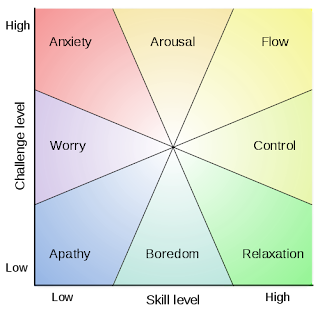When designing a game, Seth begins by asking himself a series of questions:
- What will the player feel?
- What is the actual moment that provides the emotional response?
- How will the player interact with the experience?
- Where/when does the experience take place?
- What role does the player have in the experience?
- Why would the player want to be part of the experience?
I'm in the middle of designing an educational game and, after taking this class, I realized that there were key moments in the back of my head that I wanted players to experience. Thinking about those key moments is what made me excited about creating the game in the first place... I think those moments are powerful and I want others to experience them, too. The thought of designing the game around those moments to highlight them and make them pop had never occurred to me, but now it seemed obvious.
Seth also talked about experience architecture and interest curves, thinking about how well the sequence of events in a game will be able to hold the interest of the player. Flow is a term coined by Mihaly Csikszentmihalyi. It is the mental state of operation in which a person performing an activity is fully immersed in a feeling of energized focus, full involvement, and enjoyment in the process of the activity. I had read about flow as an educator, but I had never seen this particular diagram before:
Seth explained that your goal as a game designer is not to keep the player in the flow state the entire time, but to have them move from anxiety to arousal to flow to control to relaxation and then back again (hopefully avoiding worry, apathy, and boredom altogether).
I found the class both eye-opening and informative. Being immersed in a new discipline is fun and gives you new ways to think about things. Because I am an educator and not a game designer, I've been giving short shrift to the gaming and play side of my game. I tend to rely on the power of the learning experience to carry day and generate enthusiasm and engagement. But game design is another tool in my toolbox... one that I plan on putting to good use in the future.

No comments:
Post a Comment